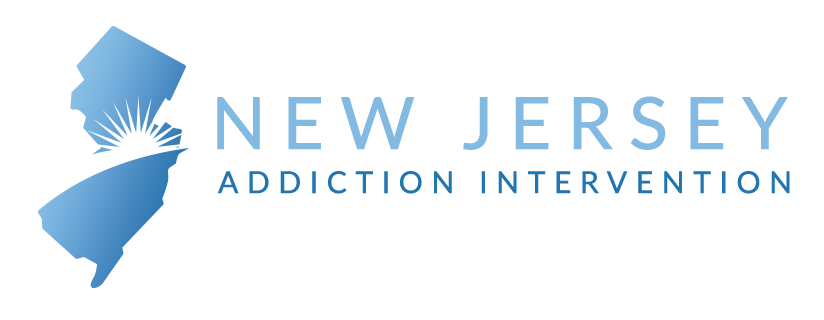Adolescence is defined as the period between 12 and 25 years old. Those who study human development consider adolescence to be one of the most critical periods in a person’s life. For many, it is a time of exploration, risk-taking, and testing freedoms and boundaries.
Some destructive behaviors, including substance abuse, can begin in adolescence. These behaviors may follow the person for the rest of their life without being corrected. Drug and alcohol use that begins during adolescence may lead to severe, lifelong consequences to a person’s mental, physical, and social health.
Early intervention and treatment can be critical tools in preventing a teen from developing an addiction to drugs and alcohol later in life. Parents, teachers, and other adults who work with adolescents can take steps to learn about teen substance abuse and what steps to take to get young people to enter treatment.
Learning how to address teen drug abuse can help young people avoid the risk of addiction later on. In some cases, this may involve staging an intervention. Interventions can be effective ways to show a person with addiction support and encourage them to seek treatment immediately.
An intervention for adolescents or teens may be different than one for an adult. If a young person in your life lives with substance abuse, it is crucial to understand how to stage effective interventions for adolescents so that you can offer meaningful, life-saving support.
Understanding Adolescent Drug Abuse
Research into adolescent drug abuse in 2018 shows that many young people are using drugs and alcohol. Almost a third of adolescents in 8th-12th grade had tried an illegal substance in the previous year, and about 18% reported drinking in the last month. About 12% admitted to binge drinking during the previous month.
Many substances adolescents use can have severe side effects and may be addictive.
The drugs adolescents use most commonly are:
- Marijuana
- Cocaine
- Opioids
- Methamphetamine
- Ecstasy
- Inhalants
- E-cigarettes
Teens begin using substances for a variety of reasons. They may want to escape from stress, fit in with a group of friends or disguise the symptoms of a mental illness.
Using drugs and alcohol recreationally or self-medicating can lead to a lifelong struggle with substance abuse or addiction. It can also prevent adolescents from developing the social and coping skills they will need to manage challenges and stress healthily. It is essential to address adolescent drug abuse to prevent young people from making harmful choices that will follow them for life.
Steps of Staging an Intervention for Adolescents
An intervention is often a highly emotional event. When confronted about their substance abuse, people often react with anger, sadness, or denial. Adolescents may be even more likely to have a strong, negative reaction to an intervention.
Before staging an intervention, learn as much as possible about teen substance use, local treatment options, and recovery resources. Then, you can take steps to plan the intervention.
Assemble your team
Your intervention team may consist of close friends and family, including siblings. Only invite those who are supportive of your adolescent and exclude people who are angry or have an active addiction.
Plan your intervention
Choose a private space to hold the intervention. Allow for enough time for everyone to speak. Choose a time when your adolescent is least likely to be intoxicated or stressed. Write and rehearse your statements ahead of time.
Hire a professional
A professional interventionist can help you plan and carry out an effective intervention. They will support you and your team before, during, and after the intervention. An interventionist will provide valuable insight, support, resources, and referrals at every stage and connect you with the programs and professionals your teen needs.
Hold the intervention
During the intervention, each team member will tell the teen how their substance abuse has impacted their relationship. You will provide the option to begin treatment immediately and outline the consequences for refusing to get help. After the intervention, the team should continue to support each other and the addicted teen.
Carefully planned interventions can be highly effective in getting adolescents to seek the treatment they need to recover from substance abuse.
Why is an Intervention for Teens Different?
Certain factors make interventions for teens and adolescents different from adult interventions. Keeping these differences in mind may help you better navigate the emotional process of staging an intervention.
- Teens are less likely to realize they need help on their own
- Adolescents may be less likely to complete treatment
- Teens may require specialized treatment that allows them to keep going to school
- Teens are more likely to resist going to rehab
- Adolescents are less skilled at considering the long-term effects of their choices
- Teens may be more likely to react with strong emotions
- Parents may feel additional pressure or emotions about their child’s substance abuse
Interventions for teens can be effective, but they require more thought and consideration. For the best chances of success, consider seeking the support of an addiction counselor or trained interventionist.
Get Help Now
Reach out to the New Jersey Addiction Interventions staff today for information about our addiction treatment programs.
Medically Reviewed: June 28, 2022

All of the information on this page has been reviewed and verified by a certified addiction professional.

